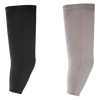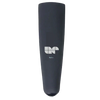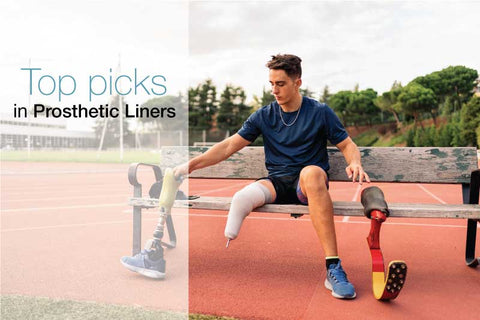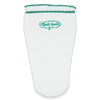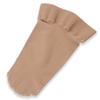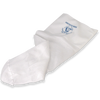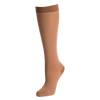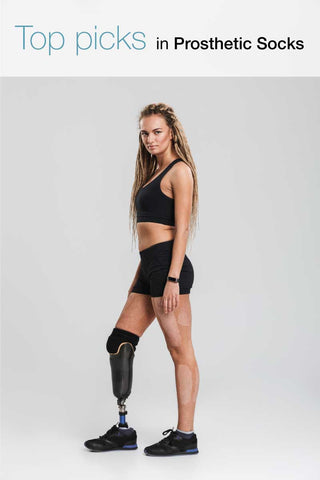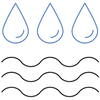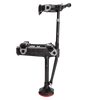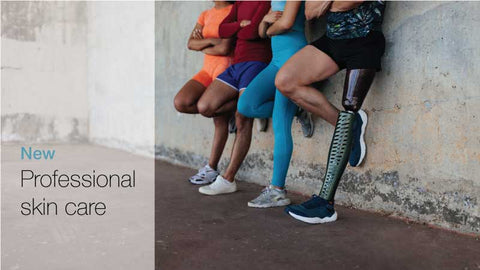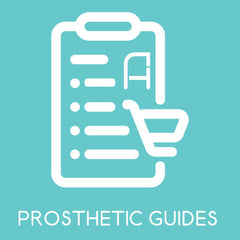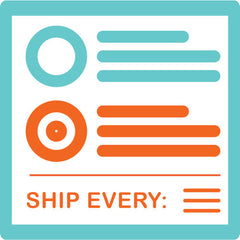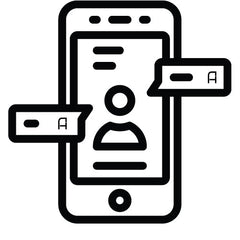BioGrip Unveils Predictive Nerve-Machine Interface for Prosthetics
Reading Time: 4 minutes
Among the many issues new amputees and even long-term prosthetic users face is prosthetic limb rejection. This happens because the prosthetic limbs—even the sophisticated ones—can feel unnatural. Two Mexican entrepreneurs, Alan Hernández and Israel González, are working to change that with a new human-machine interface for bioprosthetics.

In an interview with The Latin Times, Hernández and González said that the majority of existing prostheses and bionic devices rely on external systems that interpret muscle signals from users. This creates a disconnect between the user’s intentions and the prosthetic device, making the experience less intuitive.
In contrast, their proposed human-machine interface aims for seamless integration with the user’s body. This design could alleviate the physical discomfort and emotional distress often faced by people with limb loss and limb differences.
Hernández and González founded BioGrip, which developed the groundbreaking Wireless Nerve-Machine Interface. It features a nonsurgical sensor membrane that uses artificial intelligence to anticipate the user’s intended movements. Designed to be worn on the residual limb and connected to a prosthetic limb, this membrane creates a seamless link between the user’s nerves and the prosthetic device. Consequently, users gain a heightened sense of control over their prosthetics, making the prosthesis feel more like a natural extension of their body.
Hernández told The Latin Times that they use electrical signals that originate in the brain and travel to the muscles. The Wireless Nerve-Machine Interface captures these signals, refines them, and employs artificial intelligence to interpret them and then translate them into precise movements. He added that it only takes eight milliseconds for this process to take place, making the lag virtually unnoticeable.
Born from personal hardship
The inspiration for BioGrip emerged in 2019 when González was diagnosed with Lyme disease, an illness caused by bacteria that can lead to paralysis and neurological complications. He experienced first-hand how difficult it was to walk and move his hands. He then drew from his expertise in electrical engineering and artificial intelligence to bring BioGrip to life.
He told The Latin Times that he couldn’t find the right technology to assist him during that difficult period of his life. Considering the dearth of technology that could help him and other people in the same situation, he finds it baffling that robots that can move with incredible precision exist while some people can’t get out of bed. He believes that technology should focus more on assisting people in need.
BioGrip has already completed an incubator program for tech startups in Mexico at Tecnológico de Monterrey (also known as Monterrey Institute of Technology and Higher Education). The company has also been accepted into Techstars Boston in the US, one of the world’s best startup accelerators.
According to reports from The Latin Times, the company has secured a $150,000 commitment from an international partner to collaborate with BioGrip on patient rehabilitation using their technology. Additionally, in 2022, the company won the “Best Tech” award at the Entrepreneurship World Cup in Saudi Arabia, besting 30,000 other candidates.
BioGrip’s future
Hernández and González are already planning BioGrip’s future. One of the goals for 2025 is to facilitate a human limb transplant.
One of the significant issues faced by people undergoing limb transplants is muscular atrophy, which occurs when nerves do not establish a connection with the new limb, leading to prolonged periods of immobility post-surgery. BioGrip’s Wireless Nerve-Machine Interface aims to address this issue by enabling immediate nerve connectivity between the patient and the transplanted limb, facilitating the muscle’s prompt recovery.
The vision for BioGrip is to continue raising awareness about their technology as well as collaborating with other experts and organizations to help more people. González said that only then can we find comfort in knowing that, even when the body struggles, technological advancements can help restore a bit of what has been lost.

